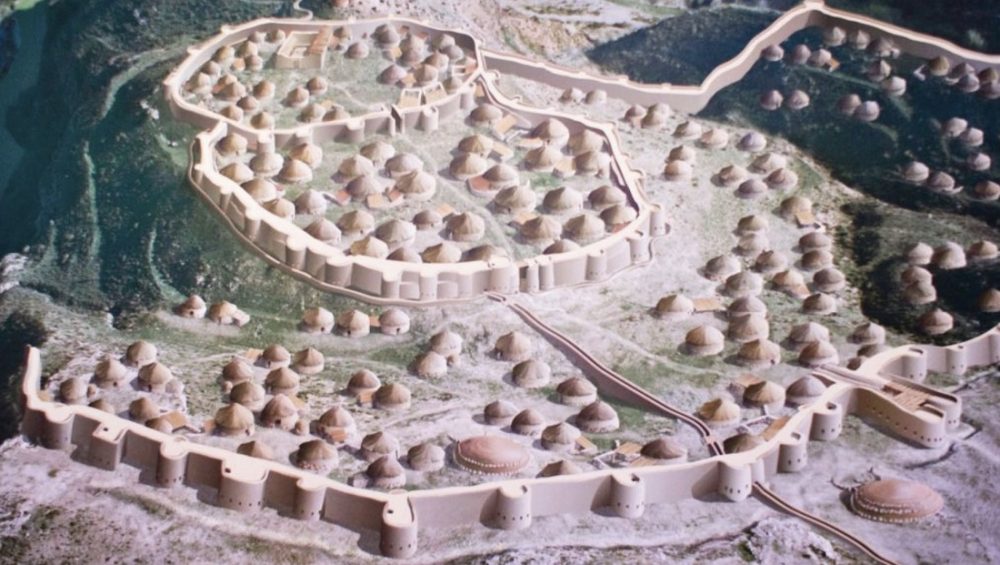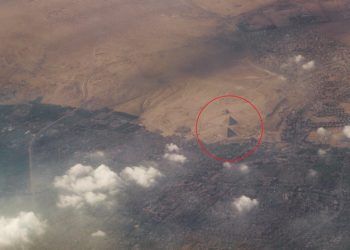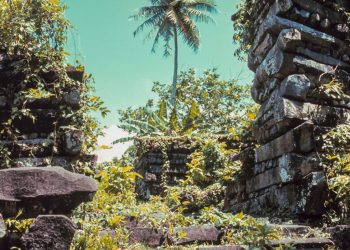Long before the Pharaohs raised their pyramids on the Nile, a forgotten civilization carved out a life behind massive stone walls in what is now southern Spain. Known today as Los Millares, this prehistoric stronghold offers one of the earliest and most mysterious glimpses into organized urban life in Europe—a settlement of tombs, copper, and silence that predates Egypt’s Old Kingdom by centuries.
Los Millares and the lost world of prehistoric Spain
Tucked away in the dusty landscape near Santa Fe de Mondújar in Almería, Los Millares is one of the most significant archaeological sites in Europe. Dated to around 3200 BCE, the settlement once stretched across 19 hectares and housed a thriving community of over 1,000 people. At its peak, it was protected by three concentric stone walls, each reinforced with towers and gates—an unmistakable sign of an organized and security-conscious society.
What sets Los Millares apart isn’t just its age, but its level of development. At a time when much of Europe was still rural and scattered, this site reveals an early form of proto-urban life. The people of Los Millares built fortifications, worked metal, and buried their dead in monumental tombs—suggesting complex social structures and technological knowledge that rivaled contemporary cultures in the Near East.
Most of the settlement’s area was devoted to the necropolis, where archaeologists have documented over 80 megalithic tombs. These tholoi—domed, beehive-like chambers—were likely reserved for high-status individuals. Burials were often accompanied by grave goods: tools, ornaments, and ceramics. Some tombs are strategically placed closer to the living area, hinting at a society where power followed the dead into the afterlife.

Copper workshops and sacred symmetry
Inside the fortified town, researchers discovered remains of copper smelting operations, making Los Millares one of the earliest known metallurgical centers in Europe. This wasn’t just a farming village—it was a copper-age hub. The skill involved in metalwork marks a major turning point between the Neolithic and Bronze Age, with Los Millares standing at the crossroads.
Built in three phases over several centuries, the site grew more complex as time passed. Circular bastions once lined the outer walls, and two clear metallurgical zones were identified within the settlement—evidence that copper work was not only present but likely central to the community’s economy and status.
Intriguingly, some of the architectural features of Los Millares resemble those found at Monte d’Accoddi in Sardinia, a prehistoric step-pyramid platform. Though separated by hundreds of kilometers and the Mediterranean Sea, the similarity raises questions about cultural exchanges—or perhaps parallel innovations—across ancient maritime routes.
By 1800 BCE, Los Millares was abandoned. Its decline coincides with the rise of the El Argar culture, a Bronze Age society that brought new ways of living, fighting, and building to the Iberian Peninsula. But the stones of Los Millares still whisper. They speak of a time when walls were built not just to protect, but to define a people—a fortress of stone and secrets that remains one of Europe’s oldest enigmas.











